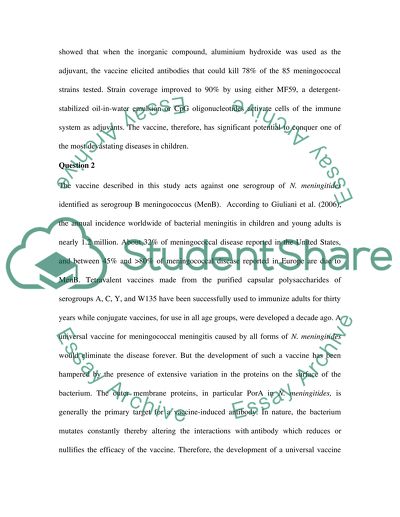Cite this document
(“Neisseria meningitides or meningococcus Essay Example | Topics and Well Written Essays - 1500 words”, n.d.)
Neisseria meningitides or meningococcus Essay Example | Topics and Well Written Essays - 1500 words. Retrieved from https://studentshare.org/health-sciences-medicine/1431745-neisseria-meningitides-or-meningococcus
Neisseria meningitides or meningococcus Essay Example | Topics and Well Written Essays - 1500 words. Retrieved from https://studentshare.org/health-sciences-medicine/1431745-neisseria-meningitides-or-meningococcus
(Neisseria Meningitides or Meningococcus Essay Example | Topics and Well Written Essays - 1500 Words)
Neisseria Meningitides or Meningococcus Essay Example | Topics and Well Written Essays - 1500 Words. https://studentshare.org/health-sciences-medicine/1431745-neisseria-meningitides-or-meningococcus.
Neisseria Meningitides or Meningococcus Essay Example | Topics and Well Written Essays - 1500 Words. https://studentshare.org/health-sciences-medicine/1431745-neisseria-meningitides-or-meningococcus.
“Neisseria Meningitides or Meningococcus Essay Example | Topics and Well Written Essays - 1500 Words”, n.d. https://studentshare.org/health-sciences-medicine/1431745-neisseria-meningitides-or-meningococcus.


